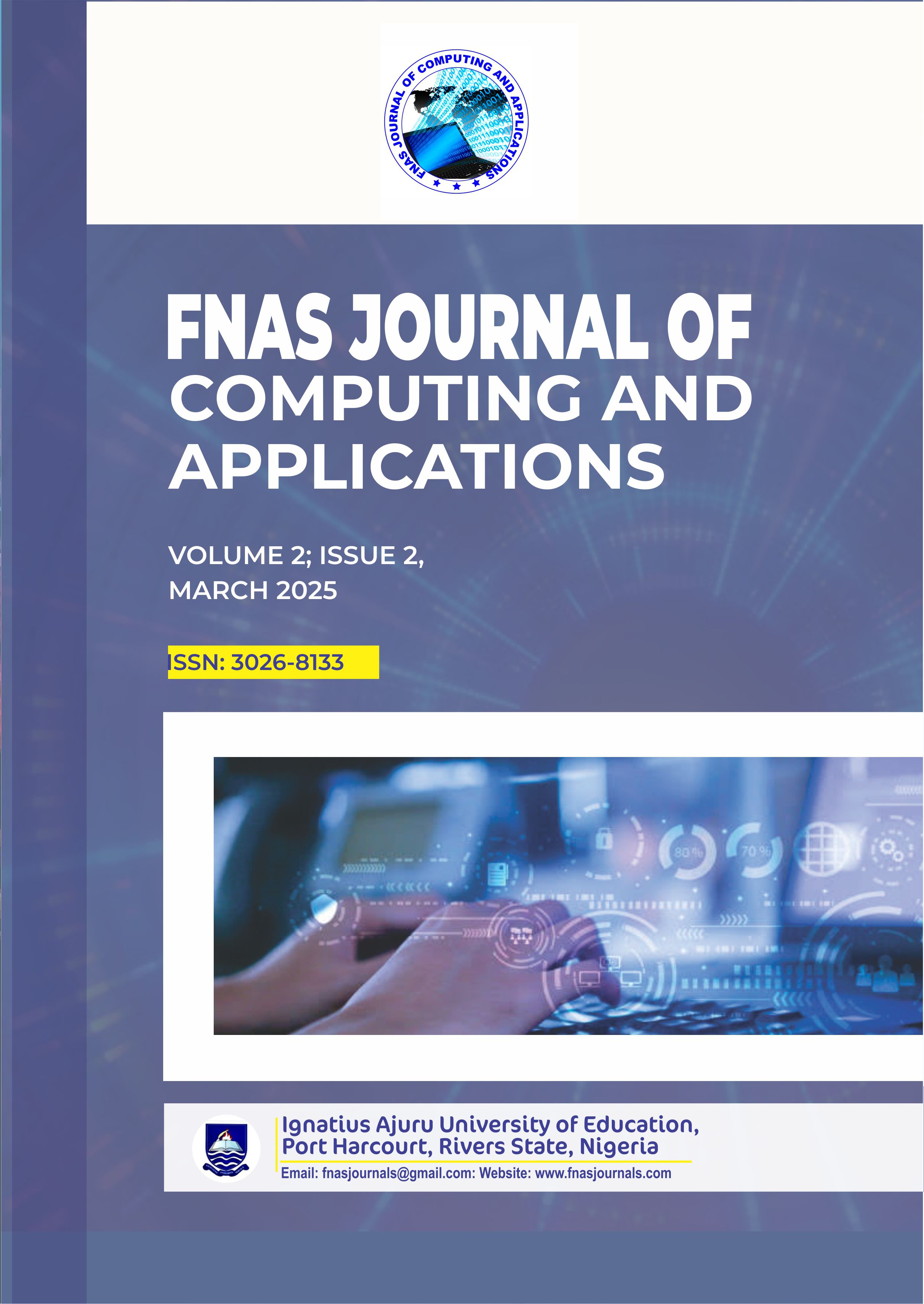An Artificial Intelligence-Based Extended Approach for Estimating Richards Growth Models for Three Bird Types
Keywords:
Nonlinear, Model, Richards, Modified, Birds, Broilers, Layers, Dual-PurposeAbstract
Abstract
Artificial Intelligence Based Extended Method for Estimating Richards Growth Models for Three Bird Types was conducted, though, many researchers of several bird type have provided vital and valuable scientific information especially on the use of statistical models. However, this research is based on reviewing the model performances and adequacy of the Richards model and the modified Richards model. The original model was applied while the other was modified from the original model to compare their adequacies and behaviors. The data set of the three birds used are Bird type 1 (Broilers), Bird type 2 (Layers) and Bird type 3 (Dual-Purpose) were generated from body weight and feed consumption of 150 birds reared on station on the Teaching and Research Farm of Ignatius Ajuru University of Education Ndele Campus. The method of nonlinear least square estimate by a modified version of the Levenberg-Marquardt algorithm and a simulated method of the simple linear regression model using the ordinary least squares method (OLS) by the assumed value method were also adopted. The process of parameter estimates also took the method of Artificial Intelligence (AI) Learning machine programming system was also adopted. The results from the estimated parameters displayed in Table 2, and the fitted plot in Fig. 1, shows that both Richards model and modified Richards model did not perform well on bird type 1 (Broilers). Table 2 and Fig. 2, respectively shows that modified Richards model performed better than the Richards model on bird type 2 (Layers) while Richards model also performed better than the modified on bird type 3 (Dual-purpose). The simulation results displayed in Table 3 shows that modified Richards model performed efficiently than Richard model on bird type 1(Broilers) and bird type 3 (Dual-Purpose) while Richards model performed effectively on bird type 2 (Layers).
References
Antonio, G.A., Ander, A.A., Francisco, J.N.G., Sergio, N.B., Juan, V.D.B., & Maria, E.C.V., (2021). The study of growth and performance in local Chicken Breeds and varieties. A Journal of Animal Science 11(2492).
Azme, K., Zuhaimy, I., Khalid, H., & Ahmed, T.M. (2005). Nonlinear growing models for modeling oil palm yield growth. Sci. study centre, department of mathematics, Technology University. Journal of Mathematics and Statistics, 1 (3), 225-233.
Biu, O. E., Arimie, O.C., & Ijomah, M. A. (2020). On the modeling and application of exponential regression models. Academic Journal of Statistics and Mathematics, 6 (11), 5730-7151.
Firat, M.Z., Karaman E., Basar E., & Narine D. (2016). Bayesian analysis for the comparison of nonlinear regression model parameters: an application to the growth of Japanese quail. Bayesian Journal of Poultry Science, Department of animal science.
Raji, A. O., Mbap, S.T., & Aliyu, J. (2014). Comparison of different Models to describe growth of the Japanese quail (COTURNIX JAPONICA), Journal of Sciences, 12 (2), 182-188








